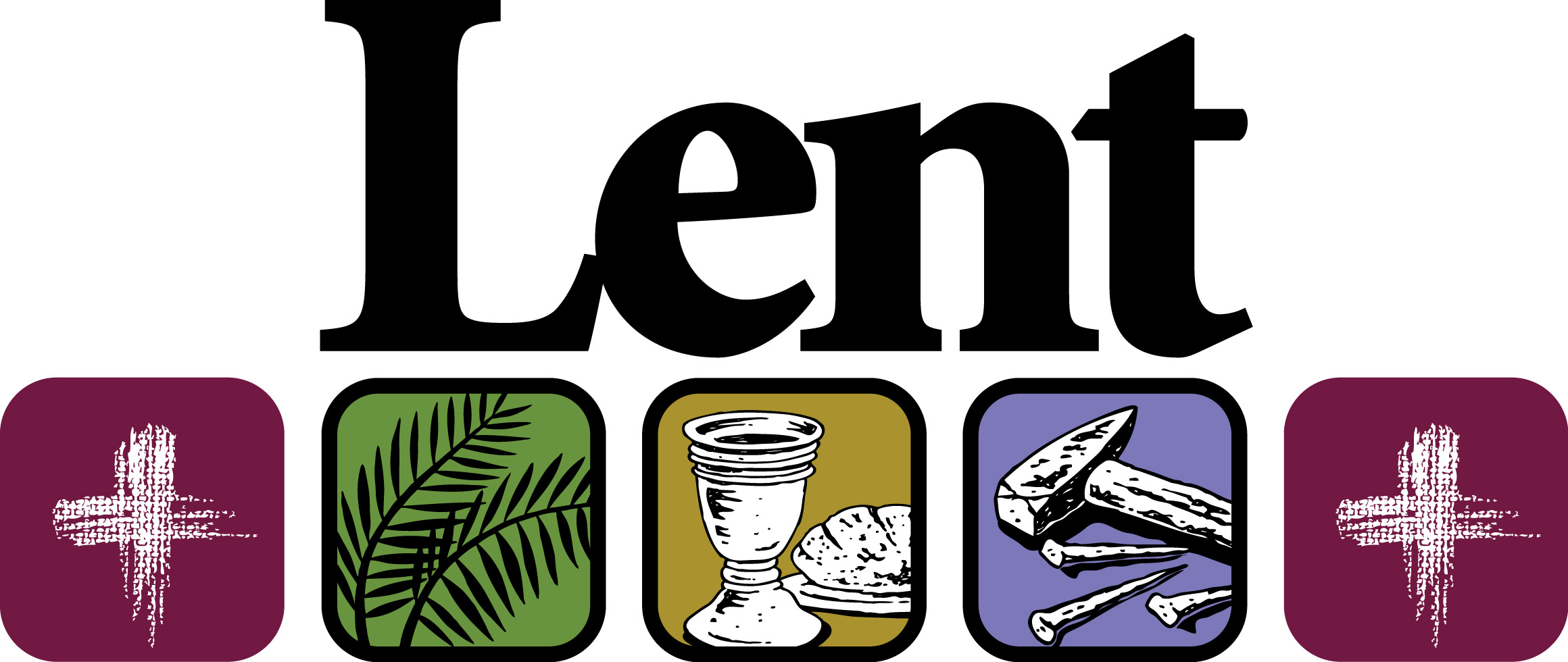The Lenten Season may not be the longest season in the Church Year, but it is certainly one of the most important seasons. It is a time for spiritual preparation through repentance of our sins and growth in our faith for Easter. It is the time of the Church Year when the suffering and death of our Savior come into focus. It begins with a special day of repentance, Ash Wednesday, and ends in the depth of sorrow and tragedy on Good Friday.
The name of the season, Lent, does not reflect the mood or message of Lent. It is an Anglo-Saxon word, “Lencten” or “Lenchthen,” which means the lengthening of the days as spring appears.
THE DATE OF LENT
Lent begins 46 days before Easter, in spite of the fact that Lent is a season of 40 days. This is due to the fact that Sundays are not a part of Lent. When Lent begins depends upon the date of Easter. In 325 A.D. the Christian Church decided that Easter would fall on the first Sunday after the full moon which occurs on or after March 21.
Ash Wednesday is the first day of Lent. The name “Ash Wednesday” was given by Pope Urban II in 1099. Prior to this, the first day of Lent was known as “Beginning of the Fast.” This day was set aside as a special day of repentance and as the opening of a season of repentance. “Ash” symbolized the repentance that was called for. Priests had the custom of sprinkling ashes on the heads of the faithful as they said, “Remember that thou art dust and to dust thou shalt return.” The ashes came from the burned palm branches from the previous Palm Sunday. To this day members of many Christian denominations receive a sign of the cross on their foreheads on Ash Wednesday.
Shrove Tuesday is the day before Ash Wednesday. “Shrove” referred to the shriving or cleansing of one’s sins by going to confession on this day. On the other hand, it was a day of feasting and carnival. The French called it “Mardis Gras.” The Germans called it “Fasch Nacht.” It was a time to use up their store of fat, which was forbidden during Lent. Thus, many Germans used up the fat by making doughnuts on Shrove Tuesday and the English specialized in making pancakes.
OUR PRESENT OBSERVANCE OF LENT
Penitence – Lent is a period of self-denial and spiritual discipline. Lent is a pilgrimage with Jesus to suffering and death. If we expect to rise with Jesus in newness of life on Easter, then we must first die with Him during Lent. Before we can rejoice, we must mourn. Before we can live, we must die. So Lent becomes for us a time to repent of our sins and die to sin and return to God and live our lives for Him.
Prayer – Lent is a special period for extra prayer, both private and public. Lent calls for spending extra time in personal prayer. Lent means scheduling additional services during the weeks of Lent. Through these prayerful times, a person is to have a closer walk with God and a dearer company with Jesus. By the end of Lent, a person should be built up in his faith. He should be more fully dedicated to God’s work and more consecrated to Jesus. In this way, Lent can be a time for renewal in the church.
Teaching – Lent today can be used to teach people through doctrinal sermons and Bible Study, both in groups and as individuals. Lent lends itself to a program of daily Bible reading and daily devotions in the home for the entire family. Lent is a time for growth in the knowledge of the Lord, which is greatly needed in a world of Biblical illiteracy.
Outreach – During Lent especially, the cross is uplifted. Jesus says, “And I, if I be lifted up, will draw all people to me.” Jesus dies for the sins of all people. During Lent we witness to the cross and its meaning of redemption for all people. This naturally leads to an outreach to the inactives in the church and to the unchurched in the community. It is a time for evangelism.

